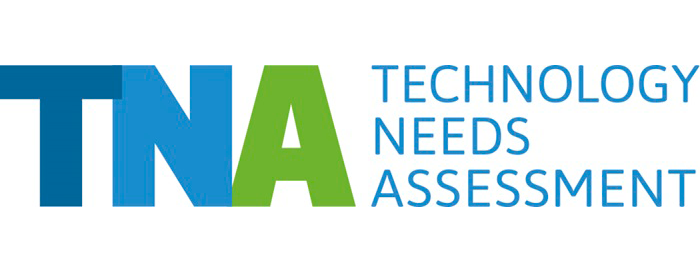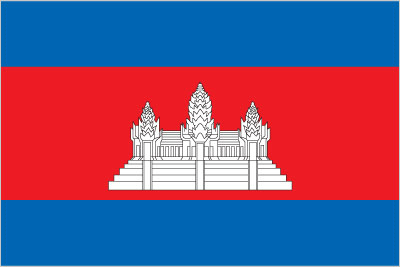The TNA identifies water resources, agriculture and coastal zones as the priority sectors for building climate resilience in Cambodia. The priority technologies of rainwater harvesting, the construction of wells and mangrove restoration are among the planned initiatives to build resilience to the increasingly intense floods, droughts and seawater intrusion.
Cambodia is located in the southern part of the Indochina peninsula in Southeast Asia. As an agrarian and rural country, most Cambodians are dependent on subsistence farming for their livelihoods, making them highly susceptible to climatic shocks. The negative impact of climate change on Cambodia’s agriculture sector is already evident, as can be seen in the gradual slowing of its growth from 5.4% in 2009 to 0.24% in 2015, mainly due to the impacts of extreme weather events. Floods and droughts especially have caused systemic constraints on production increases and hampered the development of the economy.
Cambodia completed its TNA in 2013. As part of its TNA, Cambodia has formulated Technology Action Plans for each of the prioritized technologies, specifying activities and enabling frameworks to facilitate the successful adoption and implementation of the most relevant technologies. If successfully implemented, this can lead to significant advantages in the form of the strengthened resilience of key sectors and a decrease in greenhouse gas emissions.
Small reservoirs, small dams and micro-catchments are some of the technologies highlighted in the Technology Action Plan. Together these technologies mitigate the effects of floods, preserve clean drinking water and build capacity for irrigation purposes. Another initiative outlined in the TNA is investment in energy-efficient compact fluorescent lamps. This technology helps reduce GHG emissions and improve the local air quality.
Cambodia’s TNA contributes to the following Sustainable Development Goals:





